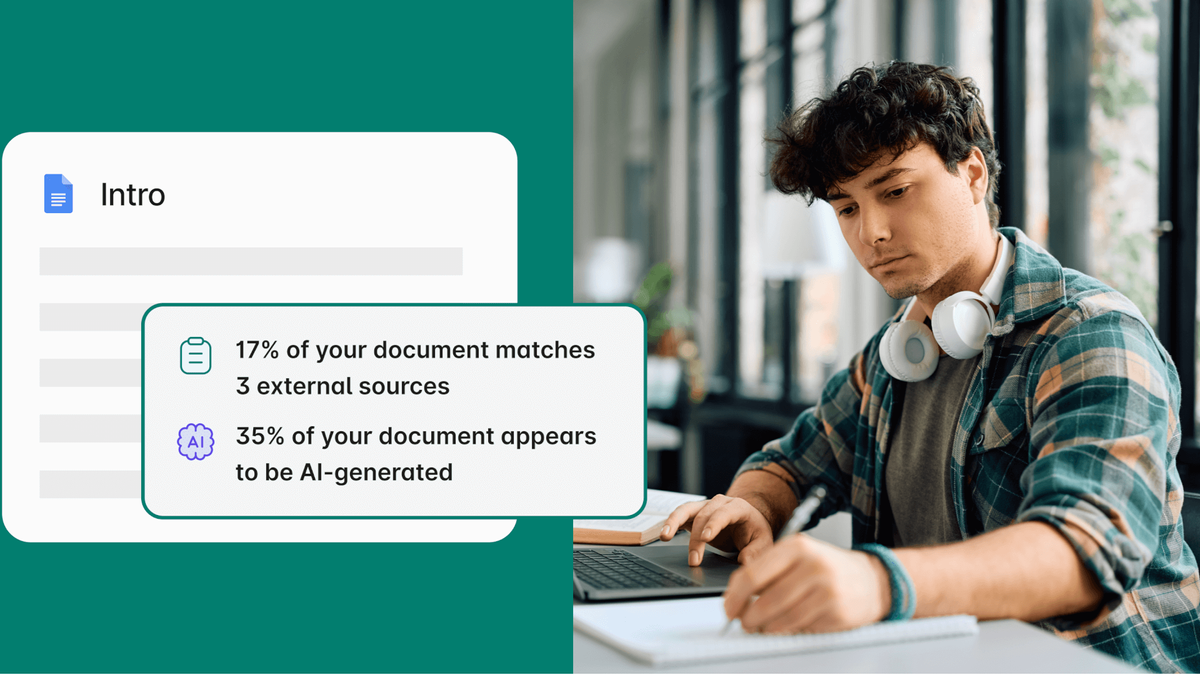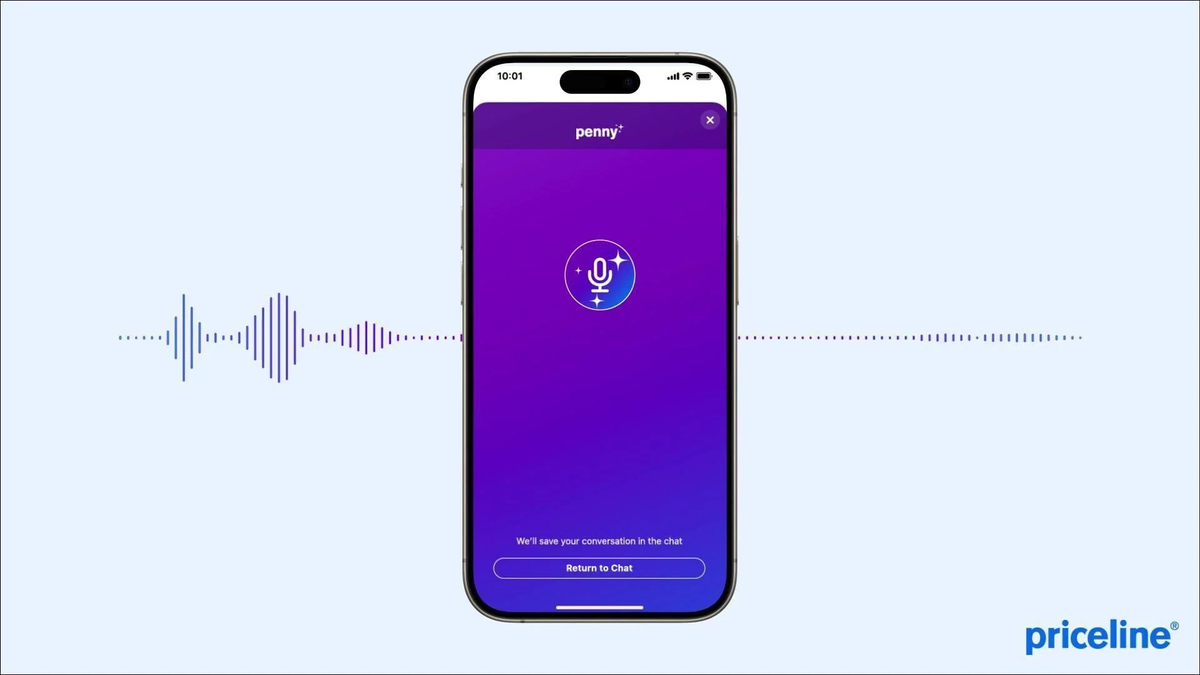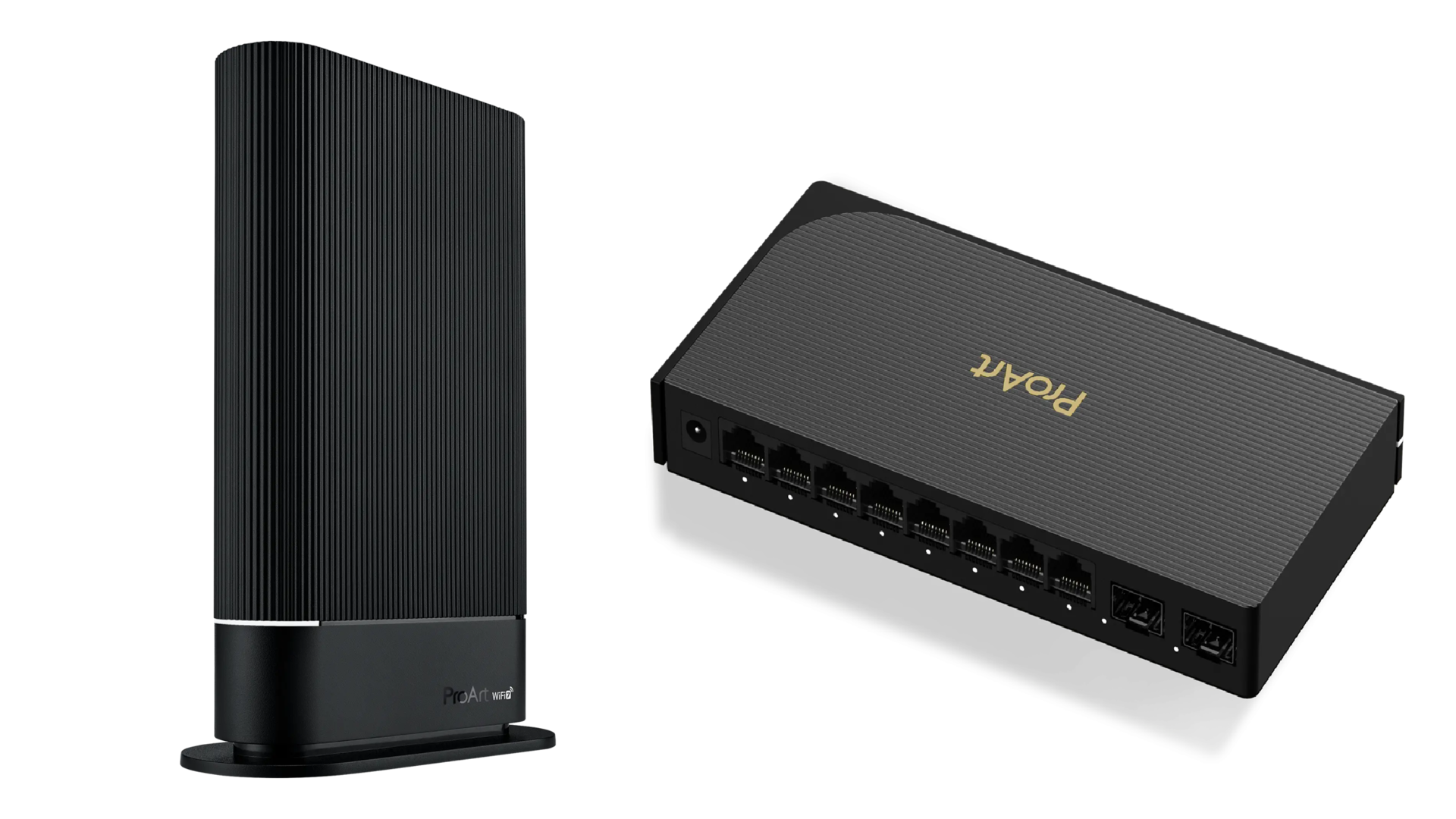Grammarly’s expansion from writing assistance to AI tools that can write for you continued this week with a new feature designed to detect AI-written texts. Grammarly Authorship is coming to Google Docs in beta and aims to help educators, in particular, determine when students are using AI to write their assignments.
Educators and education policymakers have long struggled with the problem of figuring out when something is written using AI, but ChatGPT and its rivals have heightened the sense of urgency for such a tool, as they render traditional methods unreliable. The difficulty has been compounded by issues around false positives and difficulties in distinguishing AI compositions from those written by students learning to write, especially those who have English as a second language.
Grammarly Authorship attempts to solve those problems by avoiding the way many existing AI detection tools analyze a text once it’s finished. Instead, Grammarly Authorship tracks the writing of a text in real time. It can supposedly tell when something has been typed, pasted from somewhere else, or generated on the page with AI. The tool will integrate with more than half a million apps and websites, focusing on writing platforms like Google Docs, Microsoft Word, and Apple’s Pages.
The feature can track what you type as you write and record when text is copied or when the text is generated or modified by an AI tool, such as Google Gemini or Microsoft’s Bing AI. Grammarly Authorship then creates a report and divides the document into categories based on whether it was typed, AI-generated, or pasted from somewhere else. It even shows a replay of the document being typed to show exactly what happened.
Artificial intelligence monitor for students
Individuals can purchase access to Grammarly Authorship, but educators are clearly the tool’s primary market. AI-generated writing among students and in academic circles is controversial and has led to unwarranted accusations from professors, even as other students have admitted to using AI to write papers that are never detected.
“As the school year begins, many institutions lack clear and consistent AI policies, despite half of 14- to 22-year-olds saying they’ve used generative AI at least once,” explained Grammarly for Education Director Jenny Maxwell. “This lack of clarity has contributed to an over-reliance on imperfect AI detection tools, leading to a standoff between teachers and students when papers are flagged as AI-generated. What’s missing from the market is a tool that can facilitate a productive conversation about the role of AI in education. Authorship does just that by giving students an easy way to show how they wrote their paper, including whether and how they interacted with AI tools.”
Of course, that only matters if educators decide to rely on Grammarly’s new concept. It will have to hit performance targets in real-world scenarios. That adds to competition with potential rivals. OpenAI has developed some new tools to detect content generated by ChatGPT and its AI models with a sort of watermark. But the company decided not to roll it out just yet, fearing it would cause problems even for those with benign interests. That follows the failure of its first AI text detector, which shut down after just six months.
While having proof like the authorship report would remove the doubt of whether a student actually wrote their work, there is an inherent privacy issue that may make some reluctant to use the tool. Students may not want to share every false start in their writing or every way it didn’t go right. There doesn’t have to be a secret behind the desire to share only the final product. But they may not have a choice. Writing at home may soon feel like taking an exam, where a proctor watches students to prevent them from cheating, and even innocent moves can arouse suspicion.









